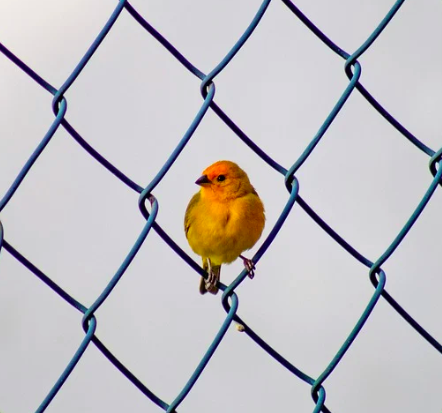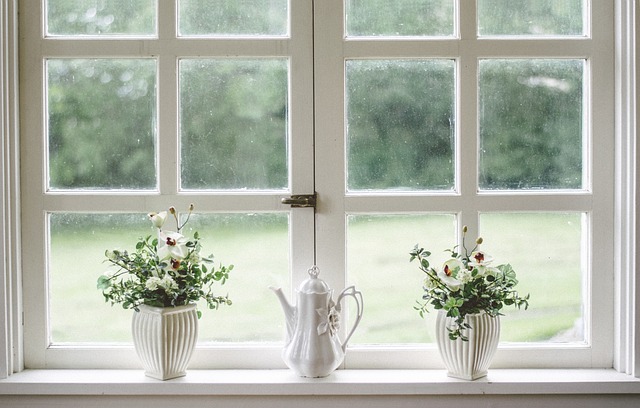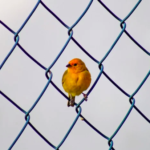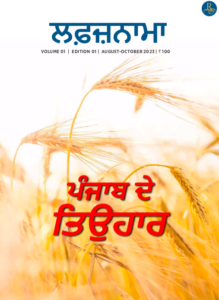Haiku Blossoms (9)
Posted On February 11, 2023
1
729 Views

Experience of an Indian Poet
Hope this column for an appreciation of haiku is motivating readers to learn and pen haiku. This week I attended the 3-day Haiku Utsav organized by Triveni Haikai India where 34 poets from all over India participated. We enjoyed the power-packed program meticulously planned and orchestrated by Kala Ramesh, Founder & Director, of Triveni. During our book launches, the personal experience sharing by poets was much appreciated.
Taking a cue from there, today I would like to share the experience of an Indian poet Prof. Ram Krishna Singh who started writing haiku in the eighties. It’s always good to know and learn about the journey of those poets who have contributed to haikai literature. Describing the essence of haiku, he says, “It is the spirit behind the words that counts: the pauses, hesitations, and the silences between words and between the lines, the silences that make a poem live and breathe. That makes a good haiku.”
Writing Haiku: my experience as an Indian poet
When I wrote my first haiku, perhaps in the early 1980s, I knew little about it except the basics of the form that it contains three short lines in 5-7-5 syllables, a reference to nature, and uses concrete images of things we can see, smell, touch, taste, or feel.
I had no teacher or guide to learn its deeper structure. I had no clear idea how best I could use the form in my socio-cultural context, or adapt the Japanese norms to my native experiences, my own first-hand observations, and subjective feelings.
Earlier, in the 1970s, I sometimes wrote mini poems in 3, 4, or 5 lines which are in free form. To give a few examples:
I smoke and see
in the upgoing fumes
dry ashes of life (5 November 1973)
There is no tree
over the mountain
I rest under the shade
of a wandering cloud (31 October 1974)
I thought these were like haiku or had haiku possibility. Despite my preference for brevity, haikuesque sensibility, and even use of 3-line stanzas in my regular poems, I doubt I knew enough to be confident to compose haiku that create an image or show what I experienced that the reader, too, could feel. Honestly, it took me time to realize that all 3-liners are not haiku, nor all 5-liners tanka, even if my fascination for the form brought about a sort of consistency in the syllabic structure of my regular poems without wasting words.
Haiku as an independent poem, however, could start happening from 1982 onwards, though initially, what I composed as haiku, and succeeded in publishing them too, continued to baffle me. For example:
The mirror is so small
I can’t see the ocean
beyond my own look (6 July 1985)
But the following seemed good:
After cleaning
the maid leaves behind
an oily smell (12 December 1989)
I used to share some of my poetic pieces with my American poet friend, the late Professor Lyle Glazier of the University of New York at Buffalo, USA. Reading my first collection of haiku, he wrote me in a letter (dated 8 June 1999):
“I’ve read your collection of haiku and found much to interest me, but there have been so many collections of haiku. I think of them as good finger exercises for a poet, but except for a few collections—like Cid Corman’s Back Roads to Far Towns, a translation of Basho with original Japanese text and Cid’s own translation and commentary, I think it is very rare to have a book that stands up to what Basho and other oriental poets so beautifully wrote. Such collections can go on forever, and never become more than practice poems for the poet to perfect his technique… I am wondering if you wouldn’t better spend your time on a less formalized structure except for your own amusement and private gain.”
A month later, Professor Glazier wrote me again, dissuading me from writing haiku: “At 88 years of age, I have reached a time when my vitality begins to wane, and I trust you will come to understand that I only think of your future welfare when I advise you not to spend valuable hours on haiku, a temptation that is shared by many poets persuaded that admiration from other poets writing in that genre is more than mutual admiration that has little worth outside that circle.
“If you can bring yourself to look objectively at the poems in that form, you will discover how boring it can become to read them. A few haiku can be admired if they avoid the common practice of moving away from a concentrated objective visual/auditory/sensory revelation into a virtually didactic statement, as if looking at the poem and remarking, ‘See how clever I have been to achieve this insight.’ The purely sensual haiku is very difficult to achieve, and especially difficult to achieve a collection of such depth and vision as to win a total commitment from the rear.” (From Lyle Glazier’s letter dated July 13, 1999, to R K Singh)
It took me years to understand, and effectively practice, that haiku carries one’s deep, personal, spiritual experiences, expressed in the shortest possible way: these are brief, lyrical self-experiences, and experiences of life on earth, experiences of a passing moment, here and now, not to teach or preach or analyze or philosophize or moralize or argue, but to stir the spirit, to become aware of the images of life and various events associated with it. It is connecting with what is there around us, outside in nature, and inside our mind, heart, and soul. It is experiencing and expressing our emotions of joy, sadness, admiration, or strong feelings through the form of an object that we see with our own eyes, as Koko Kato notes in her haiku magazine, Ko. The attempt is to create an image with the purity of feeling and sincerity of experience, and communicate with a sense of wonder and majesty, rather than verbal cleverness.
Also, haiku writing to me could not be confined to mere nature poetry with seasonal reference, nor is the 3-liner with human content, that is, senryu, a different entity. I practice haiku and senryu as one: simply haiku, which happens with the momentness of a lived moment and communicates our faith in the unity of man’s being with all existence. It instinctively images what the creation around us means.
Its limited form, characteristically short-long-short lines, has a lot of possibilities if the poet could develop a sense of proportion, or harmony, the expressive side of language or rhythm which permeates the words, as also if the poet could evince sensuousness, imaging life in all its hues, from the most intimate to the most uplifting beyond, with room for readers to connect.
With these few random thoughts about my haiku writing in English as an Indian poet, I wish to end off with a few haiku I composed recently:
cleaning the remains
of burnt-out earthen lamps—
dusky temple
yard mid-June morning—
the gardener’s muddy fingers
scratch the itching scalp
sudden downpour—
even in sleep
I worry about the virus
smoked fish
in the elevated hut–
honeymoon
R.K Singh
Retired Professor of English, now keen about research in poetry, its translation, and its promotion worldwide.
Grateful to Prof R.K. Singh for sharing his experience as a haiku poet with our readers.
I close with five beautiful haiku from his haiku collection, “Lantern in the Sky”:
her fingers
I taste in the orange
she peels
I taste in the orange
she peels
*
on the river bank
his soul is lighted for peace—
lantern in the sky
his soul is lighted for peace—
lantern in the sky
*
prayer book
covering the glass—
his last drink
covering the glass—
his last drink
*
drifting
in the night’s silence
moon’s shadow
in the night’s silence
moon’s shadow
*
hitching up the skirt
she fills her pockets with
unripe mangoes
she fills her pockets with
unripe mangoes
*
Let us look around with new eyes and see the birds, flowers, trees, the changing colors of the sky, the moon, and the stars, and pen some haiku.
Have a great week ahead!
Trending Now
RHYVERS BEAT September Edition
September 21, 2024
RHYVERS BEAT December Edition
December 26, 2024















